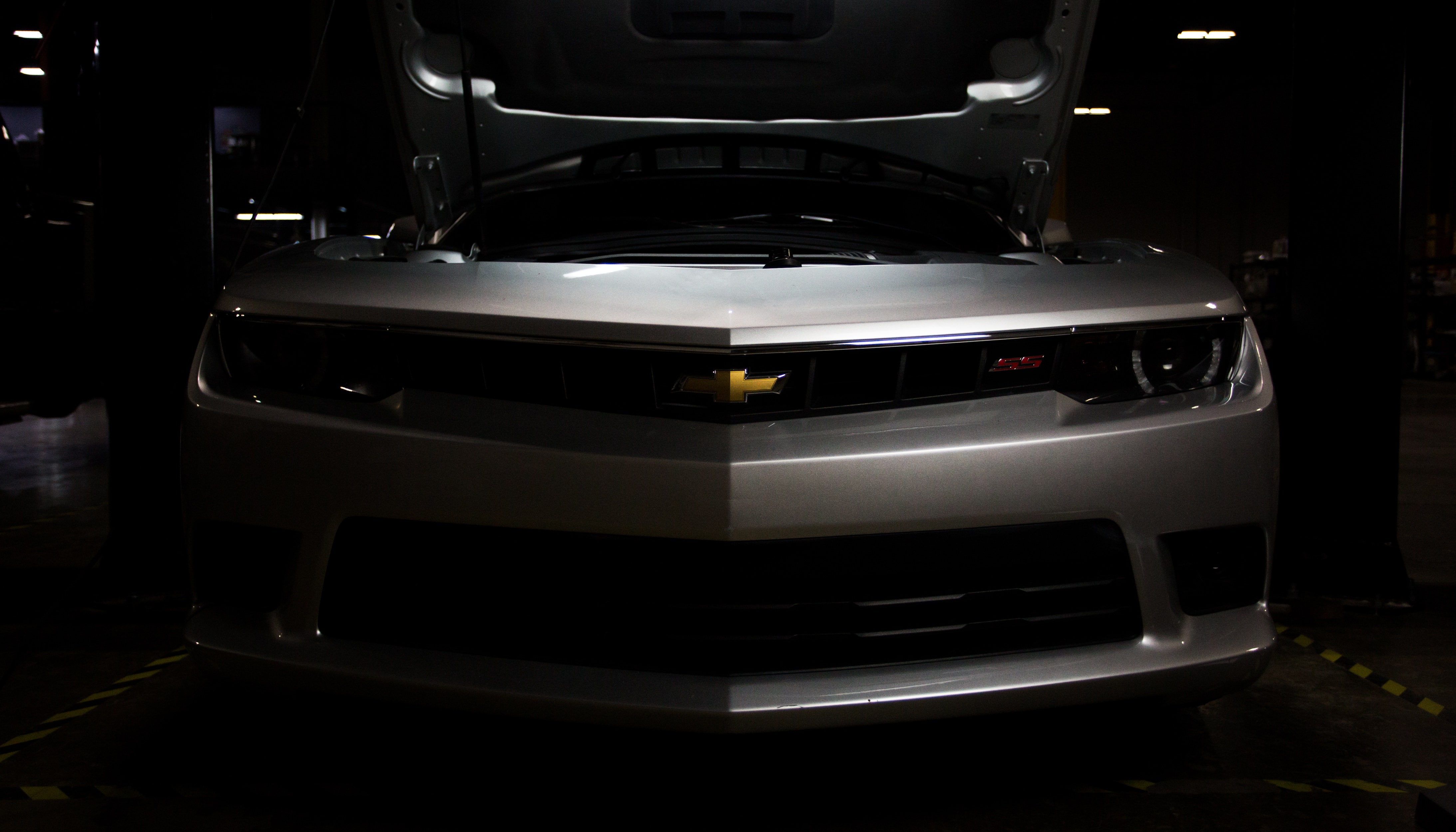
Clean Camaro - Direct-Fit Catch Can R&D, Part 3 - Automatic Kit
In their heyday, the American auto manufacturers would make updates to their cars for each model year to keep things fresh. Usually it wasn't anything drastic, but just a tweak here and there to make the next model year in some way better than the last. Nowadays, just about every manufacturer holds off until their mid-cycle facelift, but in some cases we still see some tweaks that differentiate the same year and model of the same car. We saw this with the development of a catch can kit for the 2010-2015 Camaro SS.

The 5th Gen. marked the end of 8 years without one of the biggest names in the muscle car market. I personally remember my excitement over the triumphant return of the Camaro, especially after the Rally Yellow concept was seen transforming into a combat-ready alien robot in the 2007 live-action revamp of Transformers. While the actual Camaro SS might not have been a sentient being disguised as a muscle car, the LS3 paired with the TR-6060 manual was enough to bring this machine to life.

The notorious LS engine wasn't the only V8 that was equipped in these Camaros, however. GM had the left-lane cruiser in mind when developing this new Camaro. Those who opted for letting the car handle the gear changes received the L99 engine. This thumping eight-cylinder might have been developed in tandem with the LS3, but there were still some key differences.

For starters, there was a slight decrease in power. Losing out on 26 horses means that with the automatic option you're down to a meager 400 horsepower. Hopefully that's still enough to get the tires spinning. The most notable difference, and the main reason for the implementation of the L99, is the fuel efficiency that comes with Active Fuel Management, otherwise known as cylinder deactivation. This feature closes the exhaust valves on half of the cylinders under light load and uses the trapped air as a sort of gas spring to counteract the opposing, still active cylinder. Essentially, this turns the Camaro into one of the largest displacement 4-cylinders and saves on fuel while cruising on the highway. Even though there are differences between the LS3 and the L99, both still need protection from the potential carbon buildup caused by blow-by.

Under the hood, these two engines might appear to be identical, but when it came to installing our existing catch can, there was a variation that made the setup impossible. That would be the relocation of the PCV valve. Luckily, our engineer, Jason, only had to rework the lines in our existing kit to route the PCV gasses to one of our catch cans.


While there might be a divide between the automatic and manual shifting versions of the 5th generation Camaro, we were still able to bridge the gap when it comes to protecting the intake tract from blow-by. Make sure to get your catch can kit today!
2010-2015 Chevrolet Camaro SS (Automatic) Direct-Fit Catch Can, PCV Side

Thanks for Reading!
-Nick










